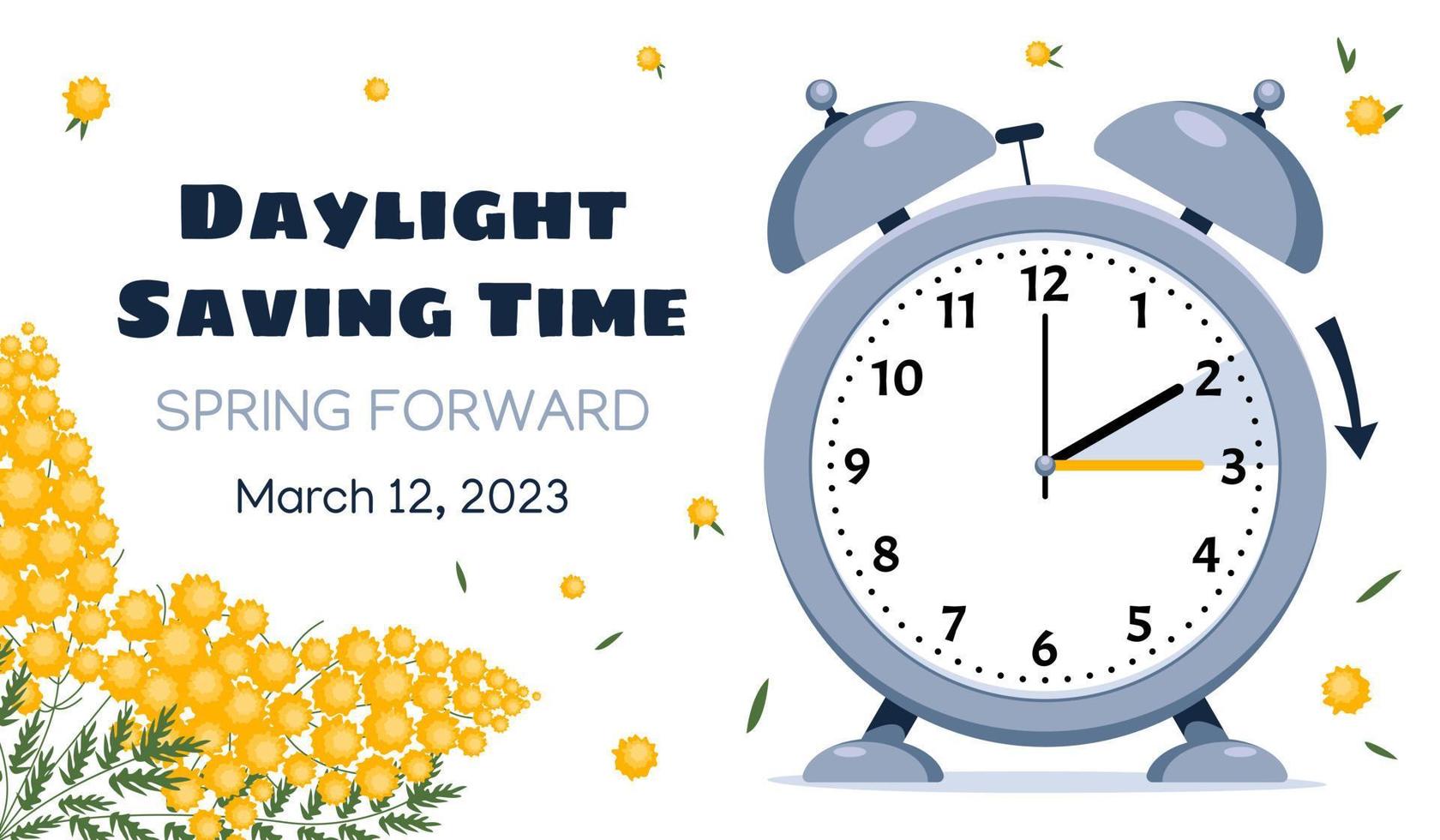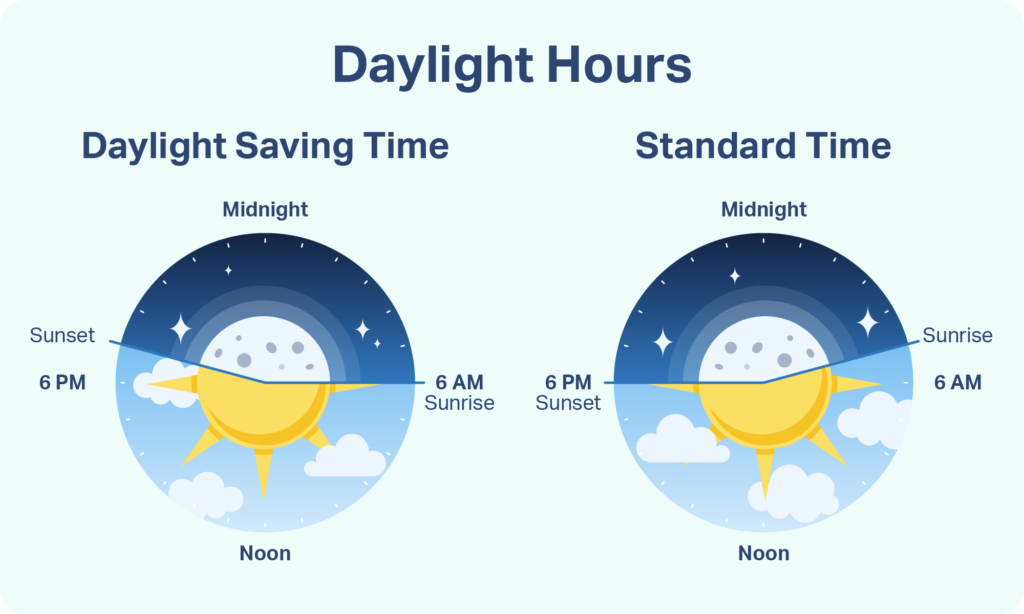
As the year 2024 approaches, many people are curious about when the time change will occur. This phenomenon, often referred to as Daylight Saving Time (DST), involves adjusting the clocks to make better use of daylight during the warmer months. In this article, we will explore the specifics of when time changes in 2024, the history behind it, and how it impacts our daily lives.
Key Takeaways

- Daylight Saving Time (DST) begins on the second Sunday in March.
- In 2024, DST starts on March 10th and ends on November 3rd.
- The primary purpose of DST is to make better use of daylight and conserve energy.
- Not all countries or regions observe DST.
Understanding Daylight Saving Time
Daylight Saving Time is a practice that involves setting the clock forward by one hour during the warmer months to extend evening daylight. This adjustment typically begins in the spring and ends in the fall. The main goal of DST is to make better use of daylight, thereby conserving energy and reducing reliance on artificial lighting.
The History of Daylight Saving Time
The concept of Daylight Saving Time can be traced back to the early 20th century. It was first implemented during World War I as a measure to conserve energy. The idea was later adopted by several countries during World War II. Over the years, the practice has evolved, and today, many countries around the world observe DST, although the dates and duration may vary.

When Does Time Change in 2024?
In the United States, Daylight Saving Time in 2024 is set to begin on Sunday, March 10th. On this day, clocks will be set forward by one hour at 2:00 AM local standard time, effectively “losing” an hour of sleep. This change marks the beginning of longer daylight hours in the evenings.
Daylight Saving Time will end on Sunday, November 3rd, when clocks are set back by one hour at 2:00 AM local daylight time. This adjustment will give us an extra hour of sleep and mark the return to standard time, with shorter daylight hours in the evening.
Why Do We Change the Time?

The primary reason for changing the time is to make better use of daylight during the longer days of spring and summer. By shifting an hour of daylight from the morning to the evening, people can enjoy more daylight after work or school, which can lead to energy savings and increased outdoor activities.
Global Practices of Daylight Saving Time
While many countries observe Daylight Saving Time, not all of them do. In fact, some regions within countries choose not to participate in the time change. For instance, most of Arizona and Hawaii in the United States do not observe DST.
Countries That Observe DST
- United States
- Canada
- European Union countries
- Australia
- New Zealand
Countries That Do Not Observe DST
- Japan
- India
- China
- Russia
The Impact of Time Change on Daily Life

The transition into and out of Daylight Saving Time can have various effects on people’s daily routines and health. While some enjoy the extra daylight in the evenings, others may experience disruptions to their sleep patterns and daily schedules.
Health and Well-being
Adjusting to the time change can take a few days or even weeks for some individuals. The “spring forward” transition, in particular, can lead to sleep deprivation, as people lose an hour of rest. This change can result in increased fatigue, mood swings, and reduced productivity.
Energy Consumption
One of the original purposes of Daylight Saving Time was to reduce energy consumption. By extending daylight hours, the need for artificial lighting is decreased, leading to potential energy savings. However, the effectiveness of these savings has been debated over the years, as modern energy consumption patterns have evolved.
Preparing for the Time Change
To ease the transition into Daylight Saving Time, consider the following tips:
- Gradually adjust your sleep schedule a few days before the time change.
- Ensure your bedroom is conducive to sleep by minimizing light and noise.
- Stay active during the day to help regulate your sleep-wake cycle.
- Limit caffeine and electronics before bedtime.
Understanding when the time changes in 2024 and the reasons behind Daylight Saving Time can help you prepare for this annual adjustment. While the practice has its pros and cons, being informed about the time change can help you adapt more smoothly and make the most of the extended daylight hours.
As the clocks spring forward on March 10th, 2024, remember to adjust your schedule and embrace the longer, sunlit evenings. Whether you love or loathe Daylight Saving Time, it remains a significant part of our annual calendar, impacting millions of lives worldwide.